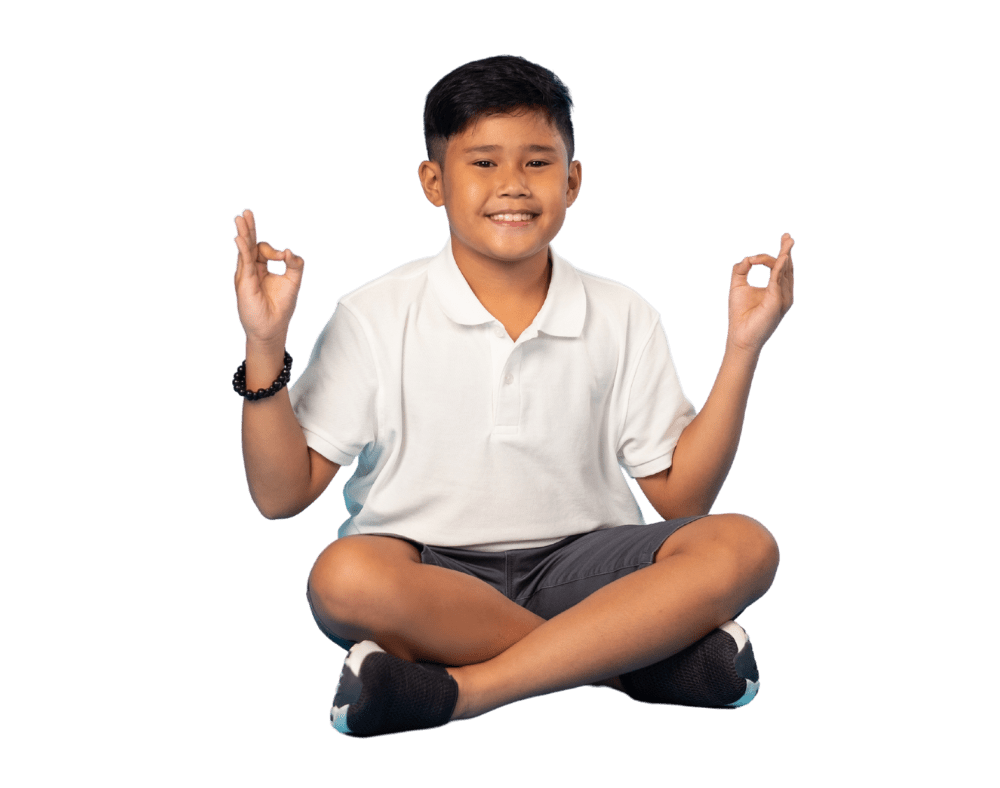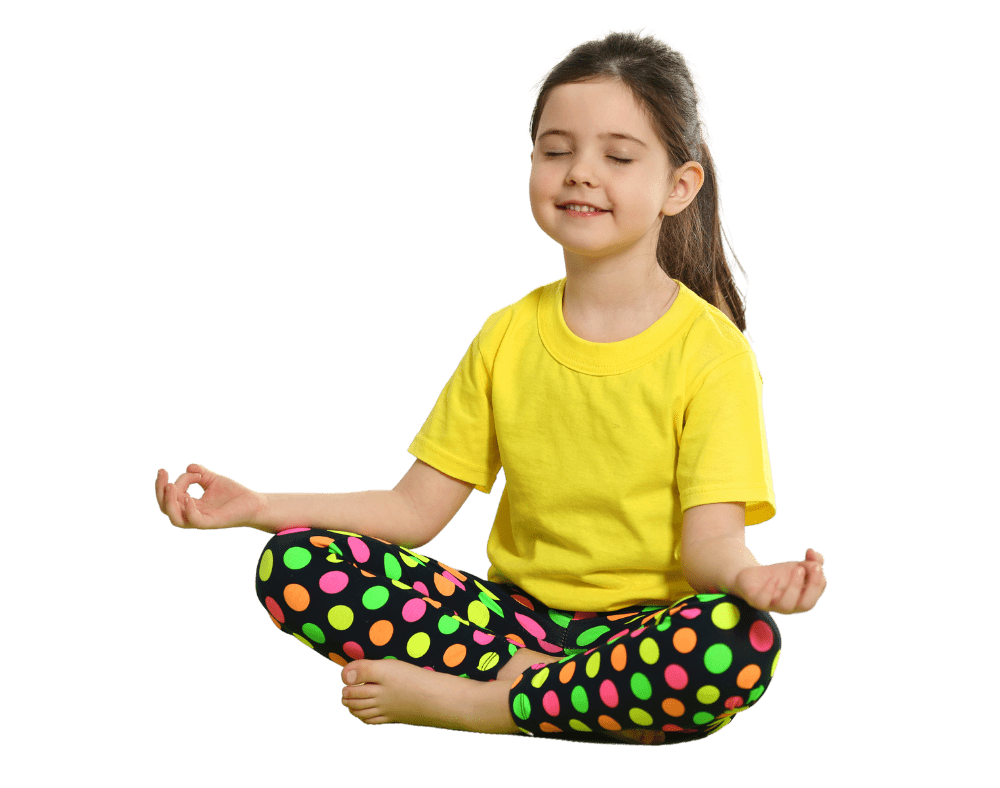You know what they say about assumptions…
I won’t finish the sentence. But I will emphasize how important it is not to make assumptions about our students when we are teaching yoga (or for that matter, about any other human being we encounter in any other situation).
If you take the time and space to really notice your own mind- your own thoughts and patterns- you may be surprised by what you see. We maintain a running commentary  about every experience we have. We are constantly perceiving our world, and then leaping to conclusions about what we see. For instance, can you find the gap between when you see a table, and when you label it “table” in your mind? Why don’t we just look at it and see its qualities without labeling it so quickly? It’s the way our minds are wired.
about every experience we have. We are constantly perceiving our world, and then leaping to conclusions about what we see. For instance, can you find the gap between when you see a table, and when you label it “table” in your mind? Why don’t we just look at it and see its qualities without labeling it so quickly? It’s the way our minds are wired.
We do this to people, too. We see a person and automatically come up with an entire story about their life, skills, background, whatever it may be. This is especially true when we are placing these people in identities that have specific attributes associated with them. For instance, we see a masculine-presenting child and we immediately label them “boy” and then assume that they are wild, aggressive, or need a lot of activity so they don’t get too wound up. Alternately we could see a child with a certain color skin and assume they understand Sanskrit or are familiar with Hinduism or other aspects of yoga. We operate with these biases constantly and subconsciously. It’s not like we are purposely tallying up all the judgments we can make. It just happens as a baseline of thought.
We need to take a deeper look at this baseline, however, or we may just be causing harm. Sometimes our behaviors can be subtly different towards different children based on these running commentaries or perceptions. Even if we mean to treat every child equally, we don’t. One child continues to flop out of poses or whine about how hard they are or not participate in anything, and we may feel a little exasperated, or tired and our behavior becomes more about manipulating and changing the situation rather than allowing that child space. What we didn’t know is that child has a chronic illness and is in near constant pain. Knowing that, would we feel differently when they disrupted  the class by flopping around and complaining?
the class by flopping around and complaining?
While it can take time to change our subtle aggressions, it is possible to work with them. When we take more space in our lives and minds (and actually practice yoga and meditation every day), that space allows us to see more clearly. We can start to see our subtle implanted biases and how they affect our relationships, our teaching, and our communication. We don’t have to feel guilty about these thoughts. They are the result of societal conditioning, cultural belief systems and modes of operation, and centuries of pain and confusion. We do however have to commit to taking responsibility for our part in perpetuating these things.
Yoga is based on tolerance, compassion, and acceptance. We are here to create safe spaces for all children (and hopefully all grown-ups, too). In order to create that space, we must practice awareness and sensitivity. I teach kids from so many religions, cultures, races, and economic backgrounds, all across the gender spectrum, with different sexual orientations (or parents with different orientations), and mental and physical abilities, I can hardly list them all. Even if your area isn’t as diverse as mine (the San Francisco Bay Area), it will be in the next 20 years.
- Always ask, “What don’t I know?” This helps create the space of engaging with curiosity and makes assumptions less sticky.
- Don’t assume anything about your students. A child who looks like a boy may not identify as a boy. A child who appears to be in good health may have a chronic illness. A child who appears to belong to a certain culture or race may not at all. The same goes for parents. Who says Mommy is the only one who wants yoga with baby? What about Daddy and Me? Or Grandma and Me? Or any other caregiver?
- Be sensitive to cultural norms. In some cultures, it is considered rude to look at someone directly. Forcing a student to do so may be very harmful.
- Be sensitive to trauma. Things like touching, eye closing, and even imagining someone who loves you can be very intense and triggering for some people.
- If you have beliefs- political, religious, or otherwise- that do not tolerate certain
 lifestyles, other religious beliefs, or anything about another person, be sure to separate those from your yoga teaching. Yoga itself is about liberation from such solidity. Thus teaching by example is crucial.
lifestyles, other religious beliefs, or anything about another person, be sure to separate those from your yoga teaching. Yoga itself is about liberation from such solidity. Thus teaching by example is crucial.
Remember why we are here – to create safe, loving spaces for children to experience their own brilliant hearts and minds, their own potential, and to learn the skills and tools they need to be sane, compassionate, and tolerant grown-ups. To learn even more about inclusivity, diversity, and making every child welcome in your yoga class, Kidding Around Yoga’s KAY4ALL online course is a wonderful resource that I highly recommend.
Like what you read here? There’s so much MORE to explore and learn with Kidding Around Yoga. Check out our website for our live and online teacher trainings, Yoga Alliance-approved 95-hour RCYT trainings, specialty online courses, original music, merchandise, podcast, and beyond! KAY even offers a 6-hour workshop designed to teach school educators and homeschool families how to bring yoga and meditation right into their classrooms (EduKAY) and an online course specifically for families to incorporate these practices into their family’s routine (Mindful Parenting).


